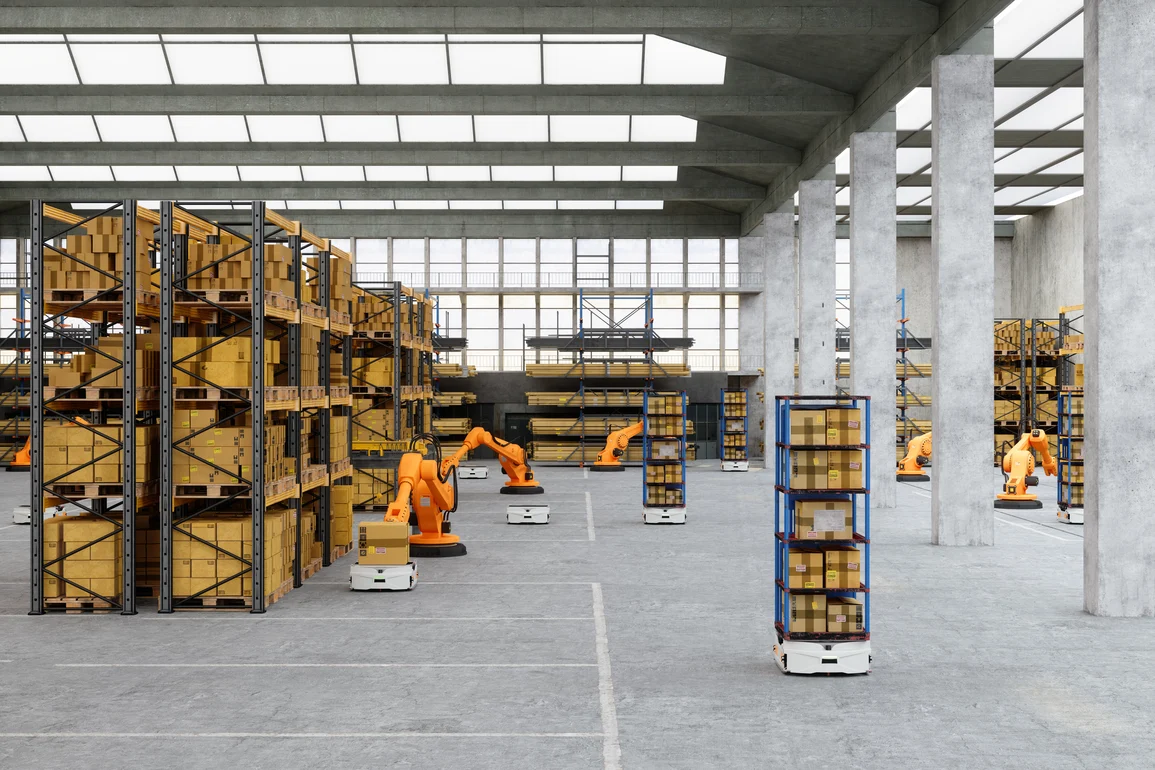In the heart of every bustling warehouse lies a story of human endeavor and innovation. From the workers who meticulously organize shelves to the drivers who ensure timely deliveries, warehouses are the backbone of the modern supply chain. But as our world evolves, so too must our approach to warehousing. Enter end-to-end warehouse automation – a revolution that promises to reshape the landscape of logistics, while honoring the essential role of humans in this ever-changing industry.
Step inside a warehouse of the future, and you’ll witness a symphony of human ingenuity and technological marvels. Autonomous mobile robots (AMRs) gracefully weave between aisles, their movements guided by a blend of sensors and algorithms. Alongside them, human workers navigate the warehouse floor with purpose, their expertise complementing the capabilities of their robotic counterparts. It’s a partnership forged in efficiency and collaboration, where humans and robots work together towards a common goal.
But automation is more than just robots and machinery; it’s a holistic approach to warehouse management that leverages the power of technology to optimize every aspect of operations. With RFID tags and advanced inventory tracking systems, warehouses gain unprecedented visibility into their stock levels and locations. It’s like having a second pair of eyes, ensuring that every item is accounted for and every order is fulfilled with precision.
When it comes to order fulfillment, automation takes center stage, orchestrating a ballet of efficiency and speed. Robotic picking systems glide across shelves, while intelligent algorithms optimize picking routes to minimize travel time. Meanwhile, human workers oversee the process, lending their expertise to ensure that orders are fulfilled accurately and on time. It’s a delicate dance between man and machine, where each plays a vital role in the seamless flow of operations.
But the impact of automation extends far beyond the confines of the warehouse walls. It’s about reimagining the entire supply chain, from transportation to last-mile delivery. Automated guided vehicles (AGVs) and robotic shuttles traverse the warehouse floor, ferrying goods from one end to the other with ease. It’s logistics in motion – a symphony of movement and coordination that ensures goods reach their destination swiftly and efficiently.
Of course, embracing automation comes with its own set of challenges. It requires careful planning, investment, and a willingness to adapt to change. But the benefits are undeniable. With automation, warehouses can operate more efficiently, reduce costs, and deliver exceptional customer experiences. It’s about empowering workers to focus on tasks that require human judgment and creativity, while automation takes care of the repetitive, mundane tasks.
But perhaps the most remarkable aspect of automation is its human element. Contrary to popular belief, automation isn’t about replacing humans with machines; it’s about amplifying human potential. By freeing workers from menial tasks, automation allows them to focus on tasks that require critical thinking and problem-solving skills. It’s about creating a workplace where humans and robots complement each other, each bringing their own unique strengths to the table.
As we navigate the uncertain waters of tomorrow, one thing is clear: the future of warehousing is human. It’s about harnessing the power of technology to enhance human capabilities and drive innovation. So let’s embrace automation with open arms, and together, we can shape a future where humans and robots work hand in hand towards a brighter tomorrow.
